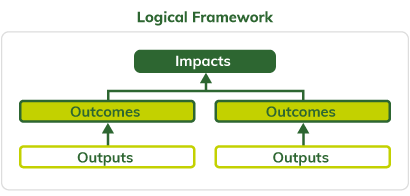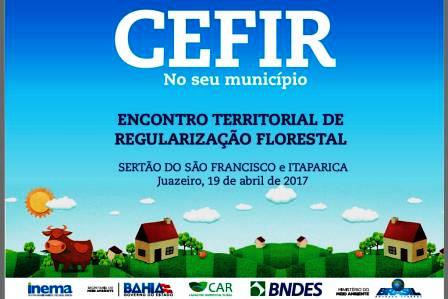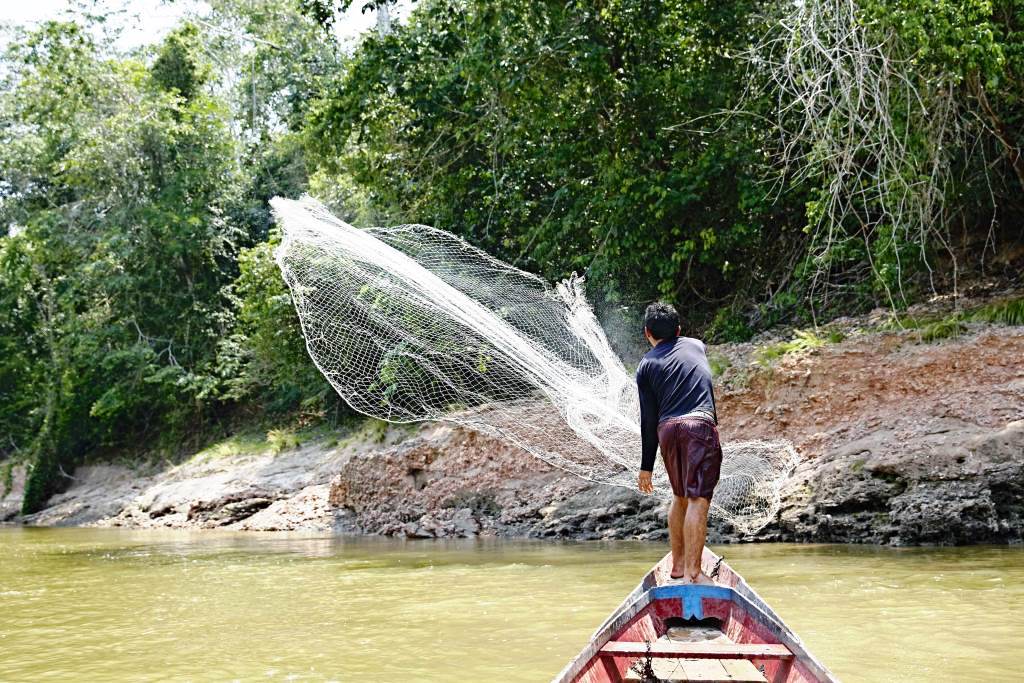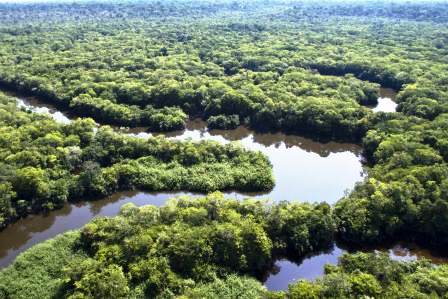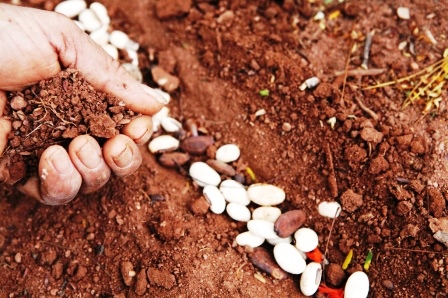CONTEXTUALIZATION
The Rondônia territory was converted into a state in 1982 via Federal Complementary Act Nº 41. The then 13 municipalities were joined by a further 39, totaling 52 today. Occupation of the territory was carried out in a disorderly fashion along the main highways, favoring the development of economic activities that stimulated deforestation. These included farming and cattle-raising, as well as the commercialization of lumber. These activities have even moved towards the conservation units.
The state of Rondônia covers an area of 237,590 km², of which 35% is classified as protected areas. The State Secretariat of Environmental Development (SEDAM) was created in 2000, with headquarters in the city of Porto Velho, and currently has 14 regional offices.
THE PROJECT
Project efforts seek to help combat deforestation and forest degradation in the state of Rondônia via monitoring and control, land-use planning, as well as support to develop sustainable production activities.
Within monitoring and control, and land-use planning, efforts that stand apart include those aimed at protecting state conservation units, consolidating the rural environmental registration (CAR), and strengthening municipal environmental management.
The project is focusing on critical areas suffering from deforestation and conflict, especially in the surrounding areas of the conservation units and the five (5) municipalities that have been listed by the Ministry of the Environment (MMA) as priority municipalities for preventing, monitoring and controlling deforestation.
Efforts in the project will also add a perspective for sustainable economic development to the socio-environmental goals. Highlights include the diagnosis of the planted forests in the state of Rondônia, and the implementation of a state policy to place forests with sustainable productivity up for concession.
INTERVENTION LOGIC
The project falls within the "Sustainable Production" (1), "Monitoring and Control" (2) and "Land Use Planning" (3) components of the Amazon Fund's Logical Framework.
Click on the following image to view its objectives tree, that is, how the project's outputs are linked to the expected outcomes and impacts.
